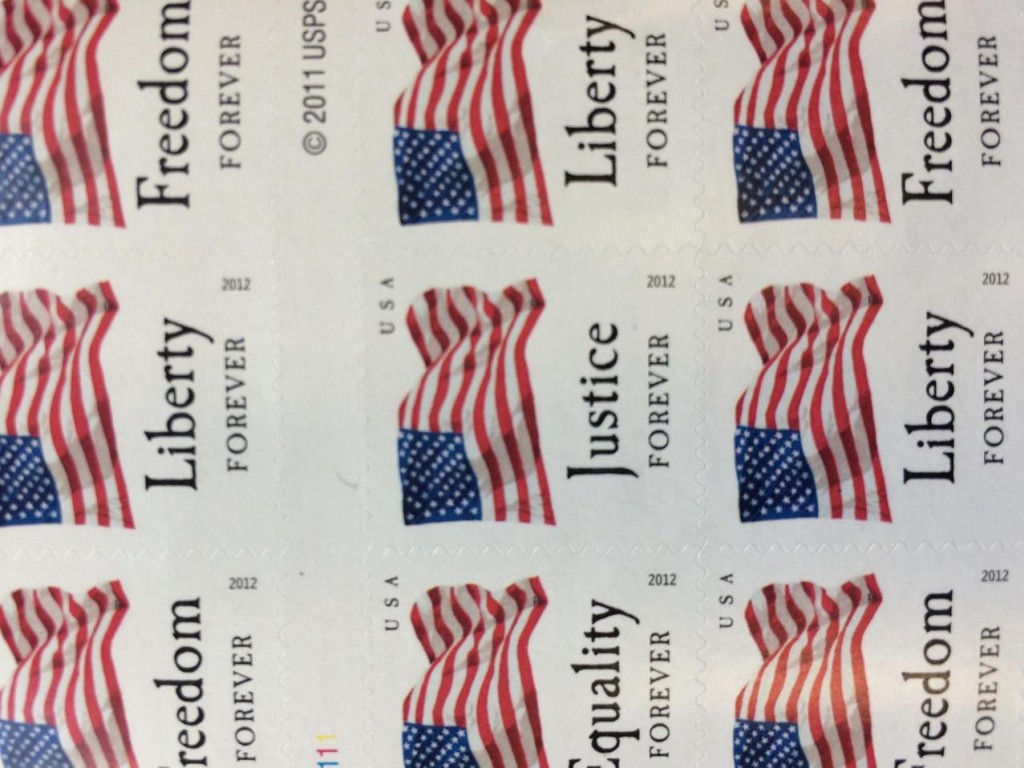
Men and women who are lawyers, consultants, or hold other prestigious jobs find themselves answering late night emails and weekend phone calls. Even when they’re “off the clock,” trying to relax with their families, highly paid professionals often attend to work.
Still, men and women tend to cope with demands for their time differently, and it boils down to men working as much as possible, while women try to negotiate their careers to accommodate rearing their children. Sociologist Mary Blair-Loy from the University of California, San Diego told the New York Times that these differences come from broader, gendered cultural expectations: “It’s not really about business; it’s about fundamental identity and masculinity,” Ms. Blair-Loy said. “Men are required by the culture to be these superheroes, to fulfill this devotion and single-minded commitment to work.” For women, carpool, soccer games, and dance recitals are seen as more acceptable reasons for leaving work, “because they have an external definition of morality or leading the good life, which is being devoted to their children.”
However, being a “good mom” isn’t a “free pass,” and it certainly isn’t a route to career advancement. Coworkers often interpret only working 9-to-5 to mean that a woman is not fully invested in her career. And when the moms put their careers “before their kids”—say, taking calls during a T-ball game or staying at the office until 9pm—they’re likely to lose the respect of their colleagues, judged for bucking others’ ideas of what a nurturing mom really looks like. In careers and elsewhere, cultural tropes, from boardroom bosses to soccer moms, have real consequences.








